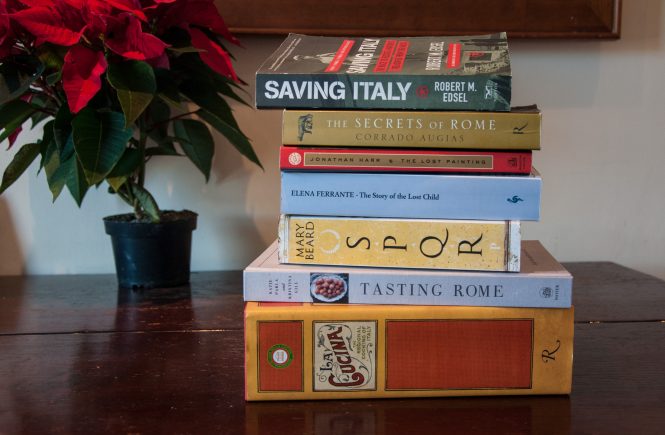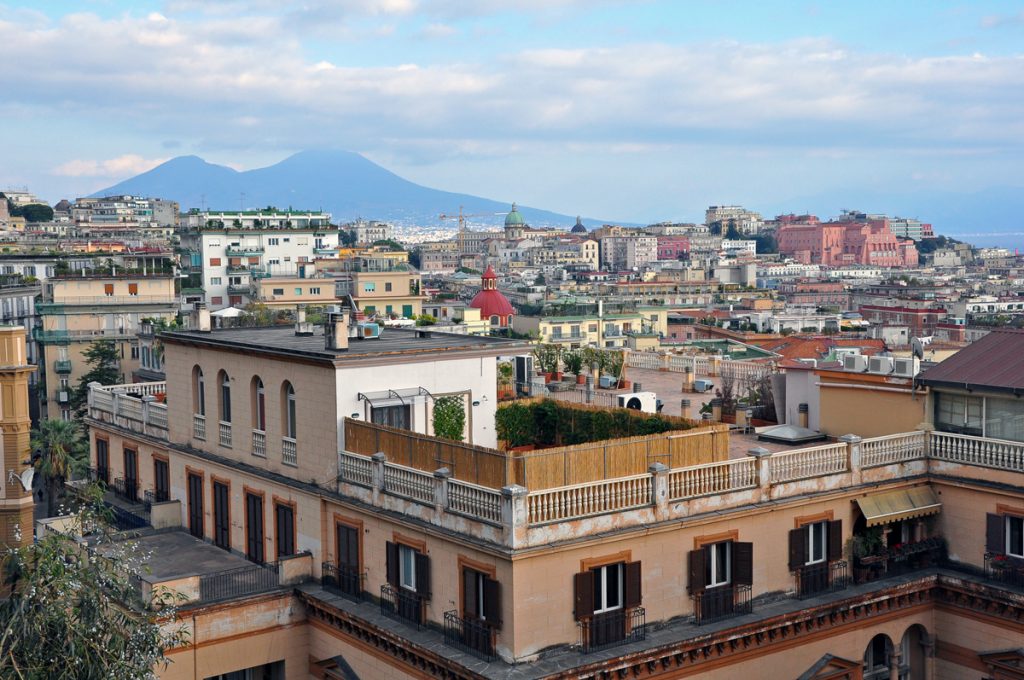I’m constantly telling people to visit Naples, and I’ve finally written about one of my favorite reasons why: the catacombs of San Gaudioso. While Rome has no dearth of spine-tingling sites (hello, Capuchin crypt), these catacombs — which include a gallery in which desiccated heads were attached to the walls… and portraits of the dearly departed frescoed around them — are, hands-down, the creepiest place I’ve ever visited.
The run-down: Like the spectacular catacombs of San Gennaro, the catacombs of San Gaudioso were first dug out in Greco-Roman times. They were used as an ancient necropolis and then — later — an early Christian cemetery. (If this sounds familiar, it’s because the catacombs in Rome have similar backstories, too). But after being inundated with the lave dei vergini (literally, the lava of the virgins; great name, right?) and abandoned in the 9th century, they were forgotten about. Until, that is, some enterprising Dominican friars decided to build a church here in the 17th century… and pay for it, at least in part, with their really gruesome fancy-schmancy burial practices. (So fancy, in fact, only nobles and high-level officials got the benefit of it. Really, who doesn’t want to be drained, beheaded and put on display for all eternity?!).
Read more over in my story on the catacombs of San Gaudioso for BBC Culture, and remember: You have been warned.
If you’re already sold and just need the details:
The catacombs of San Gaudioso are located in the Naples neighborhood of Rione Sanità. (If you go, don’t miss the equally creepy Cimitero delle Fontanelle). The entrance is at the Basilica Santa Maria della Sanità in Piazza Sanità. The catacombs are open from Monday to Sunday, 10am-1pm, but visitable only with a tour, which leaves every hour; the guides (who are super-enthusiastic and knowledgeable, by the way — not always the case in Italy!) speak English, so you can ask for an English-language tour. More info here. It costs €9 per adult, which also gets you entrance to the catacombs of San Gennaro (also a must-see).
Also: two facts about ancient Rome you probably didn’t know, why you should visit Rome’s only pyramid and some other reasons to visit Naples.
If you liked this post, you’ll love The Revealed Rome Handbook: Tips and Tricks for Exploring the Eternal City, available for purchase on Amazon or through my site here! I’m also free for one-on-one consulting sessions to help plan your Italy trip.















